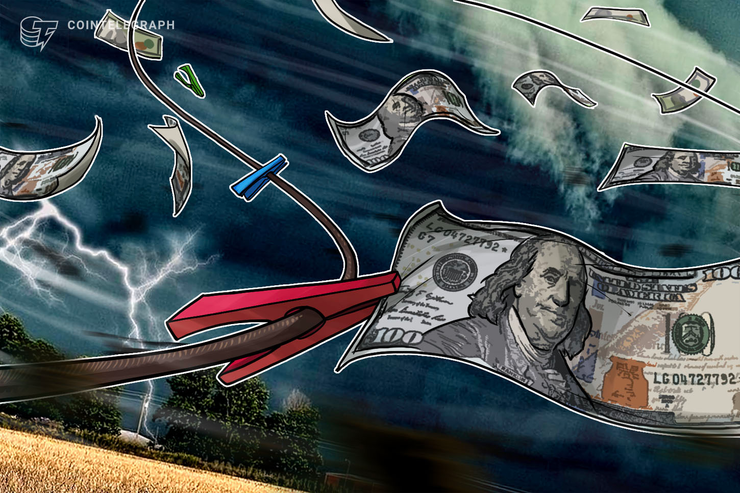Initial exchange offerings (IEOs), which launched in 2019 have lost investors up to 98% of their money, damning new statistics show.
In its latest report on the phenomenon published on Dec. 23, the analytics arm of exchange BitMEX, BitMEX Research, identified twelve major IEOs that launched this year. Of those, eleven are now almost worthless compared to the price at which they first traded on exchanges.
Almost all IEOs down 80% or more
“Relative to the first traded exchange price… the performance to date has been poor. Almost all the tokens are down over 80%,” the report summarized.
IEO investment returns since the first exchange-traded price. Source: BitMEX Research
Against the price at which organizers first offered the IEO tokens, the numbers fare slightly better. Four IEOs have delivered returns to investors, with performance varying between 7.9% and 490%.
The latter figure belongs to Matic, an IEO that launched on Binance and which was easily the winning punt of the cohort.
Even against the first exchange price, Matic is up 255%, despite mixed opinions about its provenance in recent weeks.
As CryptoX reported, a sudden 60% drop in the token’s value followed unusual activity on markets. At the time, Matic’s creators denied any foul play, with Binance CEO, Changpeng Zhao, issuing a statement supporting their innocence.
BitMEX Research notes Matic as an exception to the nightmarish situation many IEO investors otherwise find themselves in.
“This volatile token has appreciated in value since it listed,” the report said.
A new age of Bitcoin supremacy
IEOs differ from initial coin offerings, or ICOs, in that an exchange directly lists the tokens via its own dedicated launchpad. The fundraising tool has come in for criticism since the first projects launched, with doubts now centering around the ability of the sector to gain long-term credibility.
Over the weekend, meanwhile, veteran Bitcoin trader Tone Vays warned that the prognosis for all altcoins more generally looked increasingly bleak. Bitcoin’s overall market dominance, he estimated, will grow to 85% in 2020.




